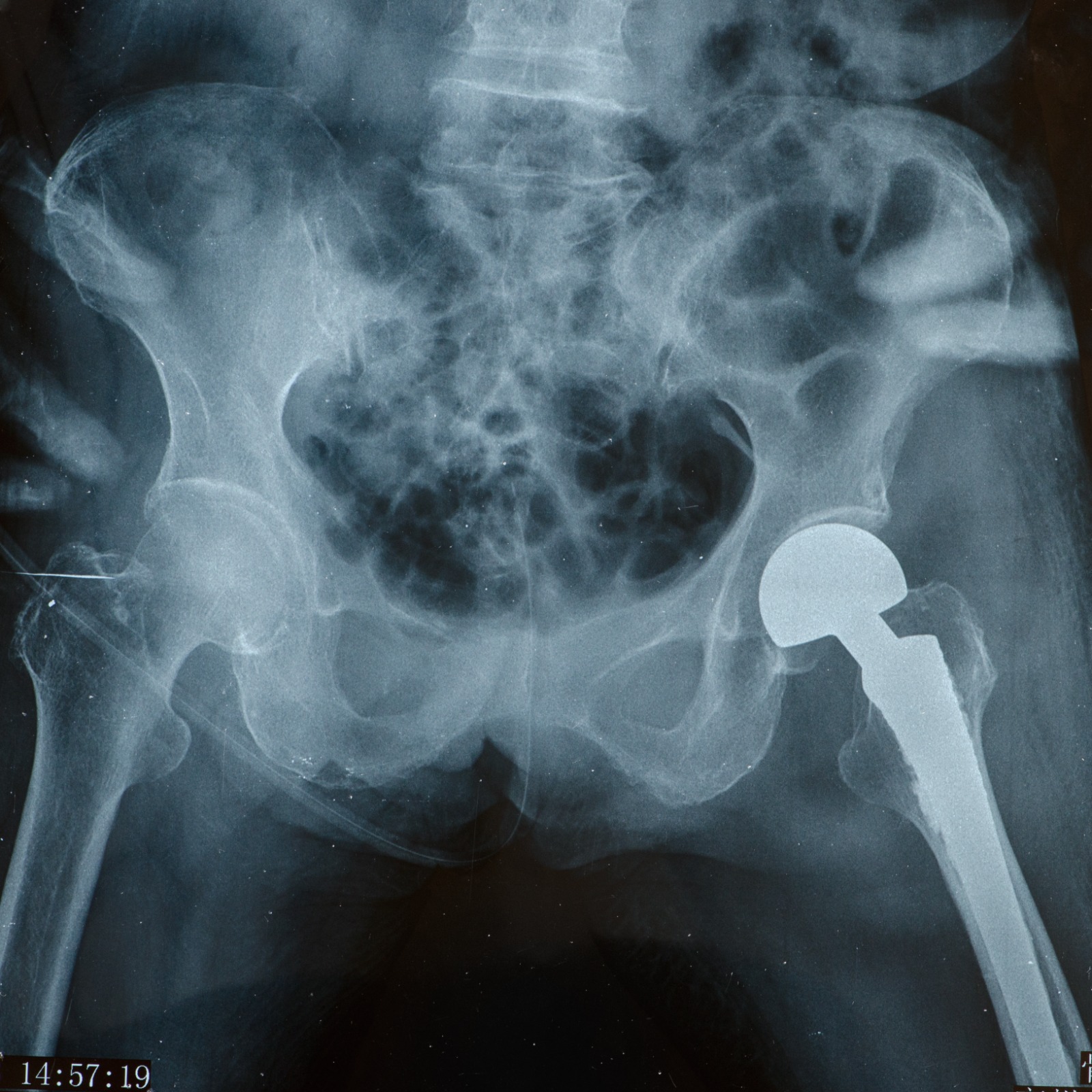Background The initial approach to the treatment of desmoid tumors has changed from surgical resection to watchful waiting. However, surgery is still sometimes considered for some patients, and it is likely that a few patients would benefit from tumor removal if the likelihood of local recurrence could be predicted. However, to our knowledge, there is no tool that can provide guidance on this for clinicians at the point of care.
Question/purpose We sought to explore whether a combined molecular and clinical prognostic model for relapse in patients with desmoid tumors treated with surgery wouldallow us to identify patients who might do well with surgical excision.
Methods This was a retrospective, single-center study of 107 patients with desmoid tumors who were surgically treated between January 1980 and December 2015, with a median follow-up of 106 months (range 7 to 337 months).
We correlated clinical variables (age, tumor size, and localization) and CTNNB1 gene mutations with recurrencefree survival. Recurrence-free survival was estimated
using a Kaplan-Meier curve. Univariate and multivariable analyses of time to local recurrence were performed using Cox regression models.
A final nomogram model was constructed according to the final fitted Cox model. The predictive performance of the model was evaluated using measures of calibration and discrimination: calibration plot and the Harrell C-statistic, also known as the concordance index, in which values near 0.5 represent a random prediction and values near 1 represent the best model predictions.
Baixe o artigo completo clicando aqui!





